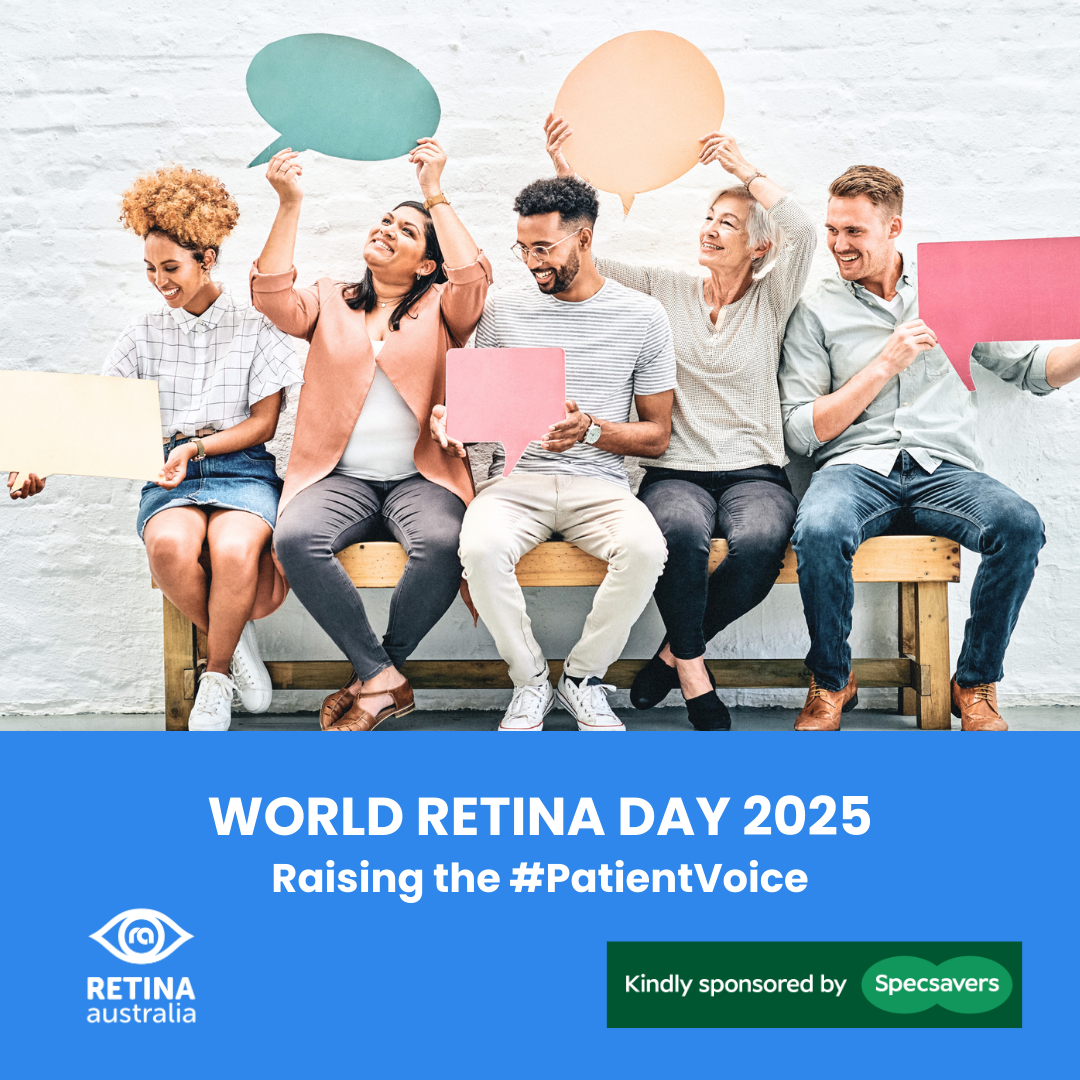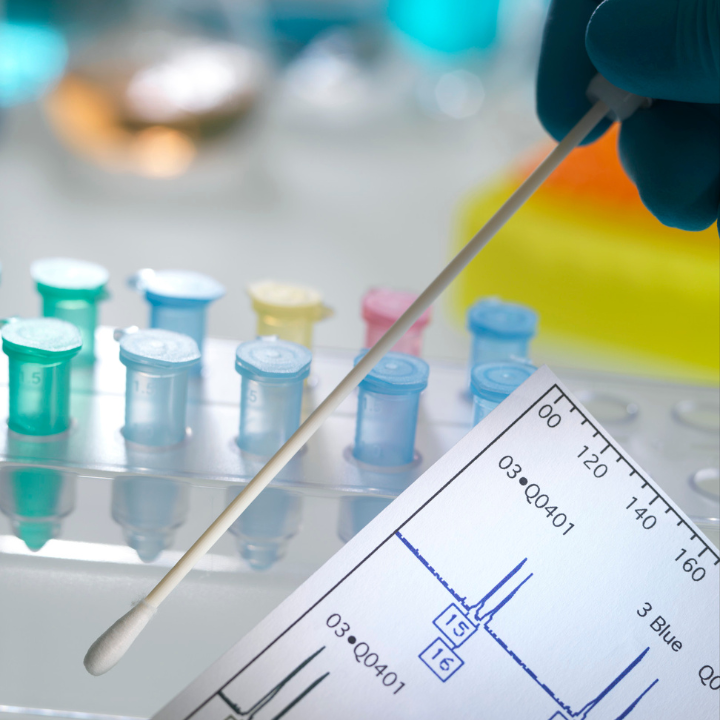17 September, 2024
For World Retina Day on 29th September 2024, Retina Australia is raising awareness about inherited retinal disease, and also the focus of the top 10 research priorities identified by those affected.
An inherited retinal disease (IRD) is a condition caused by a genetic anomaly that leads to loss of vision and in some cases, legal blindness.
IRDs can affect individuals of all ages and genders and can progress at different rates. Some may be born with or experience vision loss in infancy or early childhood. Some may experience a gradual loss of vision later in life.
Common types of IRDs include retinitis pigmentosa (RP), Stargardt disease, cone-rod dystrophies, Usher sydrome and Leber congenital amaurosis.

About inherited retinal disease
It is estimated that around ~ 1 in 1380 people are living with an IRD, which is ~ 19,000 people in Australia. 1 2
IRDs are currently known to be:
- the leading cause of blindness in working age adults and
- the second leading cause of blindness in children in Australia (following cerebral visual impairment). 3
The total estimated lifetime cost per person with an IRD is $5.2 million , of which 87% are societal and 13% health care costs. 4
With over 300 genes 5 associated with over 20 different inherited retinal diseases, they are a complex disease area.
In Australia, there is currently only one regulatory-approved treatment for an IRD – a gene therapy called Luxturna®, for those related to mutations in the RPE65 gene. Associated IRD conditions may include retinitis pigmentosa (RP) or Leber congenital amaurosis (LCA).
There are many clinical trials currently in development both in Australia and internationally. These are in the areas of gene therapy, stem cell therapy, optogenetics, pharmaceutical compounds and vision prostheses. We look forward new potential emerging treatments in the near future.
Top 10 Research Priorities for Inherited Retinal Disease
Launched earlier this week was the results of the Inherited Retinal Disease Priority Setting Partnership study that identified the Top 10 Research Priorities for Inherited Retinal Disease. These were identified by individuals living with an inherited retinal disease, guardians/family members, and health professionals caring for these individuals.
The top priorities focus on four key areas: Treatments and cures, Psychosocial wellbeing, Health service delivery and Symptoms and disease progression.
Click on the button below to see the list of the Top 10 Research Priorities for Inherited Retinal Disease.
https://retinaaustralia.com.au/world-retina-day-2024/
Other Blogs

World Retina Day 2025
Every year, World Retina Day shines a spotlight on the millions of people living with inherited retinal diseases and other retinal dystrophies. These conditions affect not only vision, but...

World Research Summary by Dr Catherine Civil
Hot Off The Press Check out below to see what new inherited retinal disease (IRD) therapies are in the pipeline. I...

Have your say – First GA treatment being considered for PBS subsidy
Do you have geographic atrophy? If you or someone close...
